Your current location:Home > Project > Data Center Cooling
PUE renovation project of a data computer room in Sichuan
Old computer rooms generally use air-cooled precision air conditioning cooling systems. Due to the high energy consumption of air-cooled precision air conditioning, the PUE (energy efficiency index) of data rooms is usually as high as 1.6 or more.
With the rapid growth of data center scale and quantity, especially the promotion of dual carbon targets, reducing energy consumption in data centers has become an urgent challenge. In order to address this issue, the data center industry has begun actively exploring the use of natural cooling sources and the introduction of new technologies to optimize energy efficiency, thereby reducing energy consumption and improving overall system energy efficiency. In particular, evaporative cooling technology can fully utilize natural cooling sources and improve the energy efficiency of traditional refrigeration equipment. In recent years, it has been widely applied, and the use of Australian Blue ultra efficient unit air conditioning cooling system is currently the most mainstream energy-saving renovation solution.
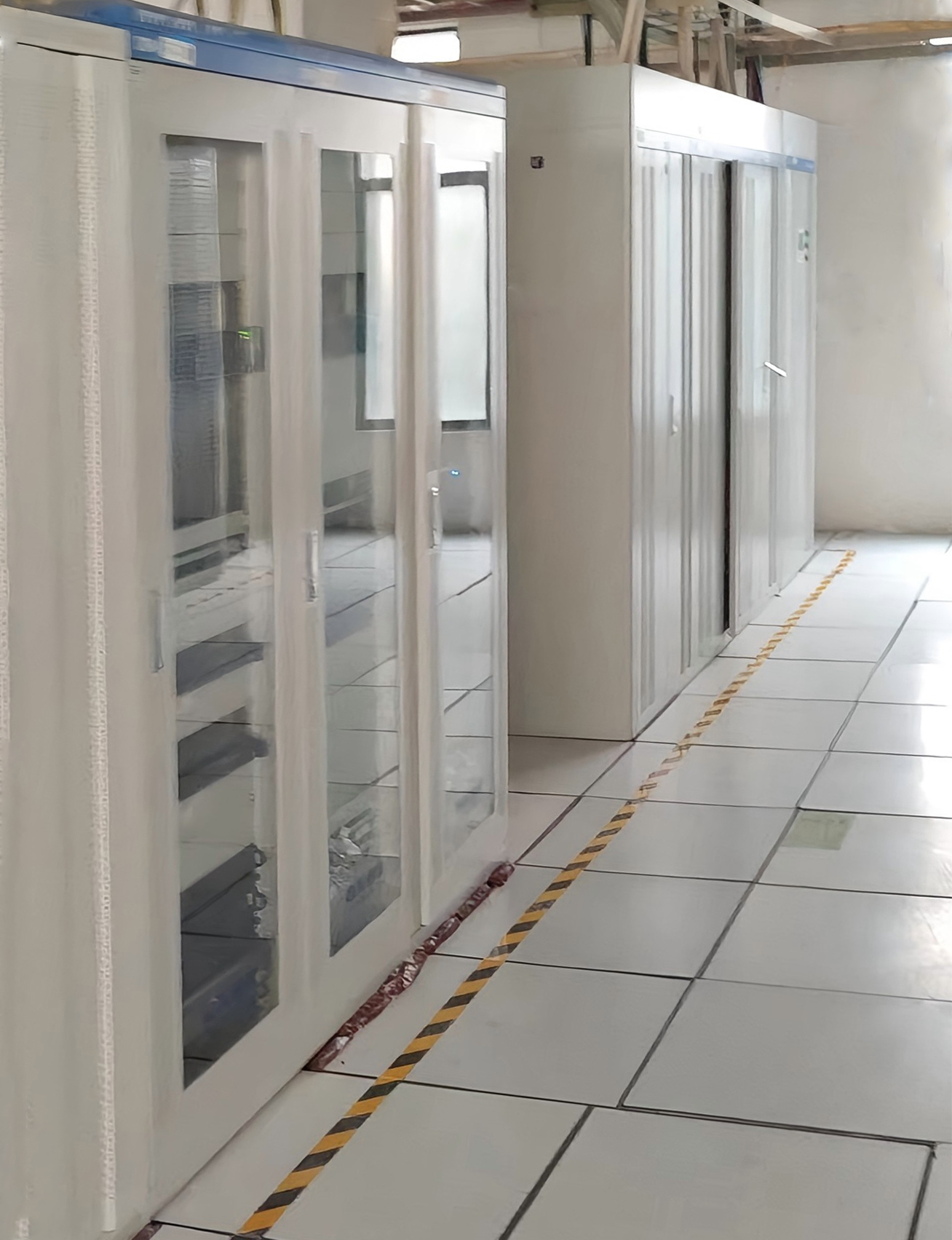
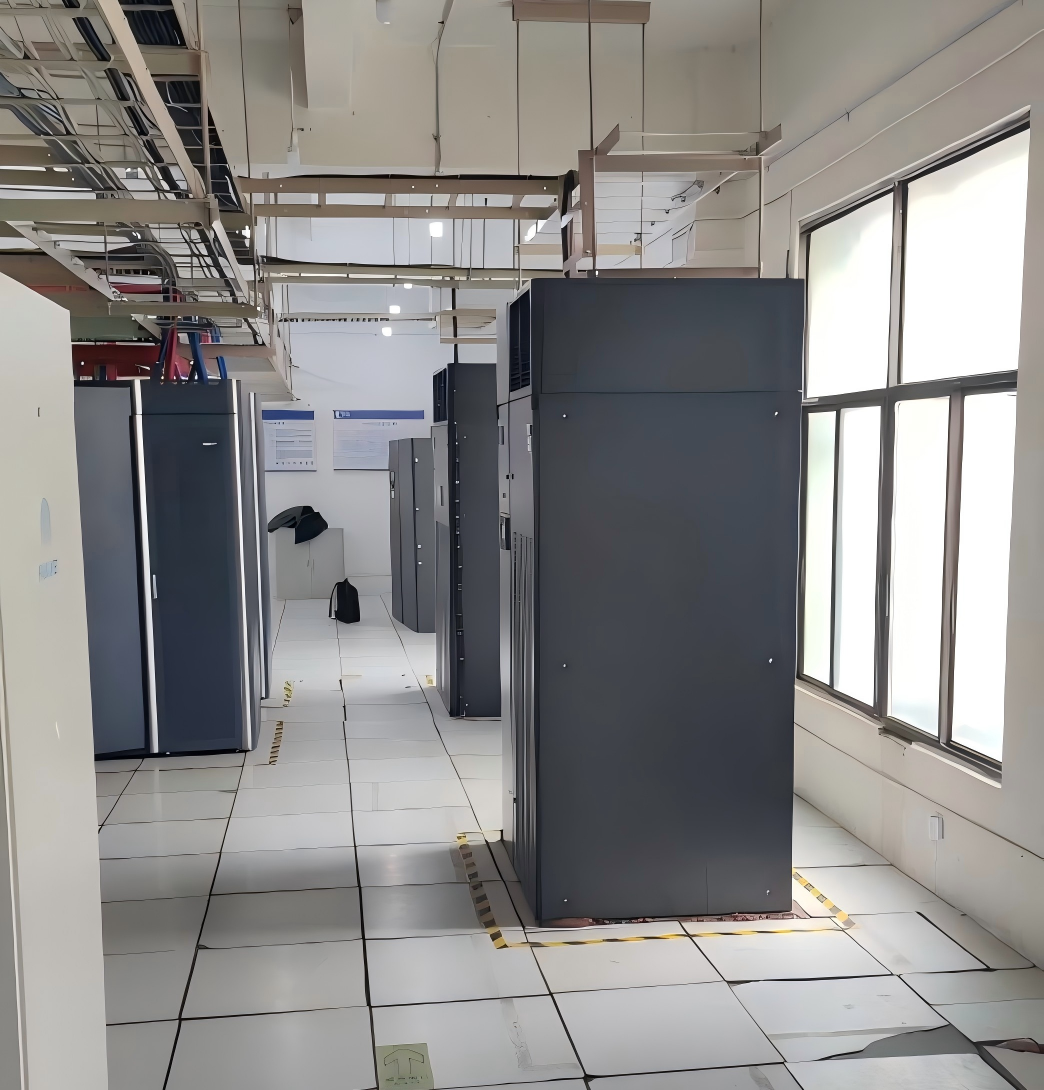
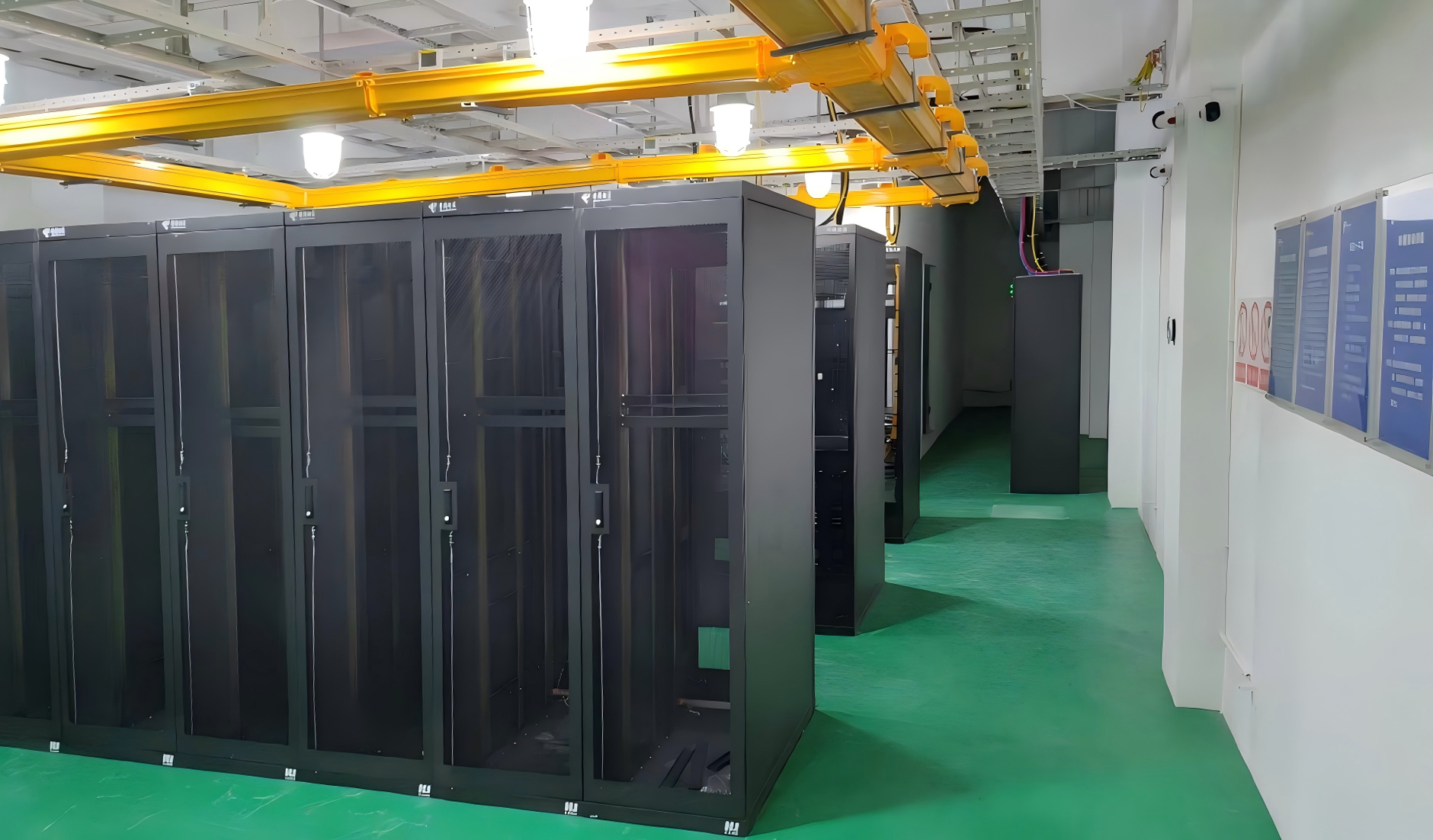
Project Overview
The project is located in Garze Prefecture, Sichuan Province. The computer room building consists of 4 floors. The energy-saving renovation mainly involves the computer room area inside the building, covering an area of 1089.4 square meters. There are a total of 249 cabinets in the computer room, with an average power consumption of 0.64kW per cabinet. The electrical composition of the machine building is quite complex. In addition to the necessary electrical load of the machine room, there are also connected machine rooms, office electricity, etc. To ensure accurate PUE calculation, it is necessary to calculate the electrical power consumption of the machine room in this building.
Renovation plan
2nd floor: Two new 33kW fresh air conditioners have been added to the large computer room on the 2nd floor, and one new 9.9kW fresh air conditioner has been added to the small computer room, which will be put into use in winter; The fresh air conditioning and precision air conditioning in the large computer room share one static pressure box and adopt a precise air supply form of duct air supply.
3rd floor: 2 new 33kW fresh air conditioners have been added to the large data center on the 3rd floor, and 1 new 9.9kW fresh air conditioner has been added to the small data center, which will be put into use in winter; The cooling load of the small computer room is relatively small, so the original 20kW air conditioner has been moved to the large computer room as the main use, and one 12kW air conditioner on the 4th floor has been moved to the small computer room; The fresh air conditioning and precision air conditioning in the large computer room share one static pressure box, using a precise air supply form of duct air supply; The small computer room adopts hood air supply.
4th floor: The 4th floor large computer room utilizes old equipment to form 4 in use and 1 backup. Among them, 2 newer 30kW air conditioners have been retrofitted with fluorine pumps, and 2 new 33kW fresh air conditioners have been added for winter use; The cooling load of the small computer room is relatively small, and the original 20kW and 30kW precision air conditioners are one in use and one backup; The fresh air conditioning and precision air conditioning in the large computer room share one static pressure box, using a precise air supply form of duct air supply; The small computer room also uses air ducts for air supply.
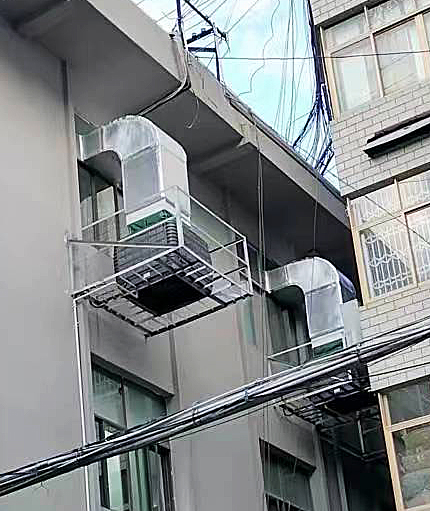
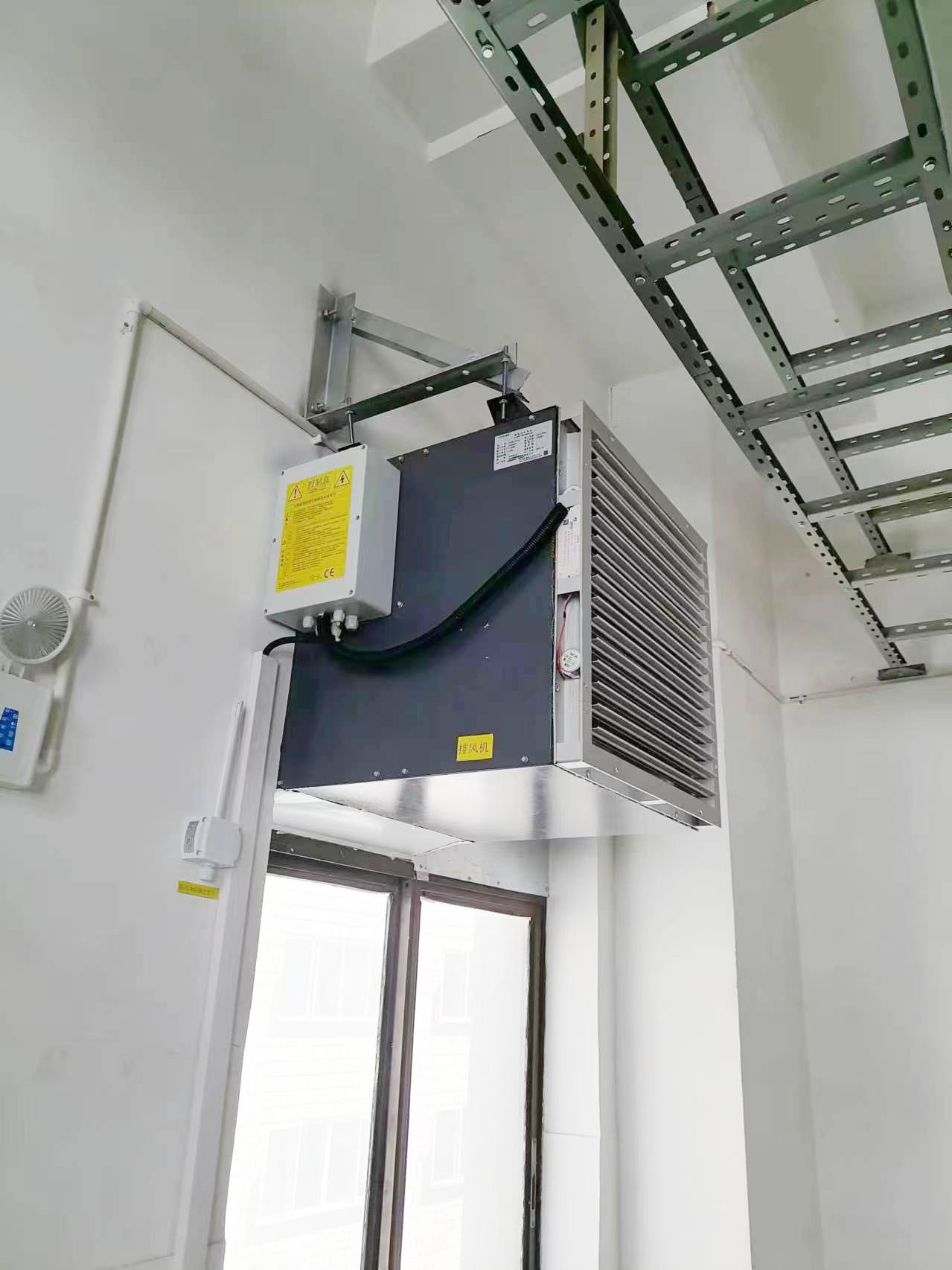

2nd floor: The sealing and shading treatment of the external windows of the computer room reduces the load on the building structure enclosure and reduces the working pressure of the air conditioning system; After the renovation, the computer room will use fresh air conditioning to regulate indoor air in winter, and turn off ordinary air conditioning to reduce air conditioning energy consumption; The face-to-face arrangement of cabinets and the precise air supply method of air ducts have increased the return air temperature of the computer room air conditioning, reducing energy consumption; After the renovation, the PUE of this floor is 1.342, with 44 additional cabinet spaces reserved for the future.
3rd floor: The sealing and shading treatment of the external windows of the computer room reduces the load on the building structure enclosure and reduces the working pressure of the air conditioning system; After the renovation, the computer room will use fresh air conditioning to regulate indoor air in winter, and turn off some ordinary air conditioning to reduce air conditioning energy consumption; The face-to-face arrangement of cabinets and the precise air supply method of air ducts have increased the return air temperature of the computer room air conditioning, reducing energy consumption; Passive devices are centrally placed on the left side of the computer room, which does not require air conditioning to prevent excessive duct extension; After the renovation, the PUE of this floor is 1.287, with 45 additional cabinet spaces reserved for the future.
4th floor:The external windows of the computer room are blocked and shading reduces the building structure envelope load and reduces the air conditioning working pressure; after the transformation, the computer room uses fresh air air conditioners to regulate the indoor air in winter, and turns off some ordinary air conditioners to reduce air conditioning energy consumption; after the cabinet cutover, it is used The air conditioners are arranged face to face and use air ducts for precise air supply, which increases the return air temperature of the computer room air conditioners and reduces energy consumption. After the renovation, the PUE of this floor is 1.428, and 25 new cabinets are reserved for the future.
Since the implementation of the first energy-saving renovation case in 2009, the Australian Blue ultra efficient unit air conditioning cooling system has been widely adopted due to its excellent energy-saving effect. Major communication operators have adopted this transformation plan and achieved significant energy efficiency improvements in actual operations.